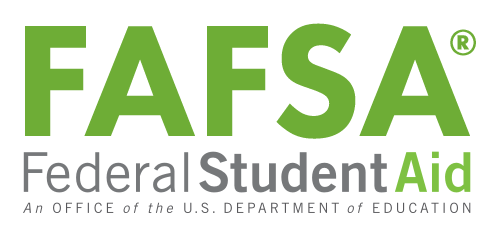Need help with paying for college or technical school? Look no further than FAFSA
Have you ever wished you could get help paying for two-year technical training or a four-year college degree?
There is a program to do just that — and it’s free to apply.
It’s called the Free Application for Federal Student Aid, more commonly known as FAFSA.
FAFSA is a nationwide program that assesses your financial needs and supplies you with funding options accordingly. It can tell you your estimated eligibility for a Federal Pell Grant or federal student loans, as well as your Student Aid Index (SAI), helping any prospective student get as much knowledge as they can about their financial aid options when considering higher education.
FAFSA can be especially useful for those receiving government assistance, offering that extra layer of support if you receive Social Security, food, housing, medical or veteran benefits.
Even if your family earns a lot of money, it’s still worthwhile to fill out the application as you may qualify for federal aid.
Education after high school can take many forms. Trade school, beauty school, technical school, university, college, even apprenticeships. FAFSA Pell Grants work with any institution that can accept federal financial aid. The link provides a list of schools in the U.S. and abroad in several countries.
Furthermore, if you’re looking to apply for a specific merit-based scholarship, it’s likely that it will require you to complete the FAFSA. See FAFSA as one application with more than one use.
Despite this resource being freely available, Utah has the lowest FAFSA application rate in the country. Why don’t Utahns take advantage of such a useful program? It partially stems from a lack of information — so here’s a quick guide on how FAFSA can offer financial awards that reduce the cost of education.
If you’re looking for an overview straight from the source, details on FAFSA are found at the Federal Student Aid site, or www.studentaid.gov. There is even an estimator tool there that you can use to find an early estimate of the federal student aid you might receive after applying.
The first step to acquiring funds is to complete the FAFSA application. It is administered by the Federal Department of Education. After you fill out the application, it is sent to schools’ financial aid offices and is used to help understand how much assistance is available to you to help pay for that school. The schools receiving your application are chosen by you in the application.
If you meet the basic eligibility criteria for federal student aid, the financial aid office at your choices of college or career school determines how much aid you are eligible to receive. Your eligibility depends on factors like the FAFSA-calculated SAI, year in school, enrollment status, and the cost of attendance at the school your student will be attending. Acceptance to the college is a different process that is school-specific.
Eligible amounts may be different from a financial aid offer. There are various categories of funds:
- Federal student loans, which need to be paid back with interest.
- Federal grants, which are funds that do not need to be repaid.
- Federal work-study programs, which provide a pool of funds that pay the student for work on campus.
- Scholarships are specific to schools that accept your application to attend.
Most schools send you a financial aid offer, possibly consisting of scholarships, grants and other assistance, after they accept you for admission.

In short, there is money available for students
looking to apply to college and career schools.
If you already file taxes, you are already halfway to finding out how much your student is eligible to receive. The next step is to complete the FAFSA. Get started at studentaid.gov.


